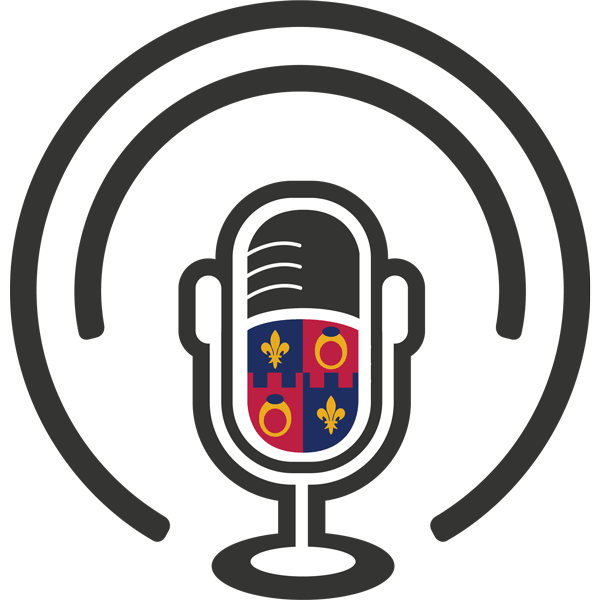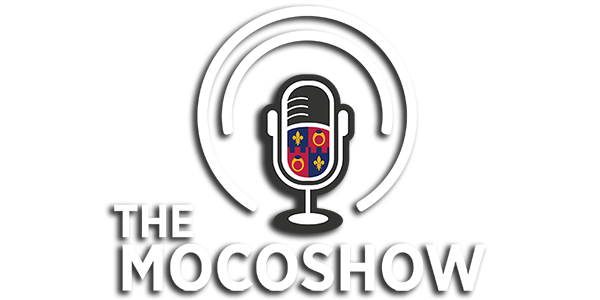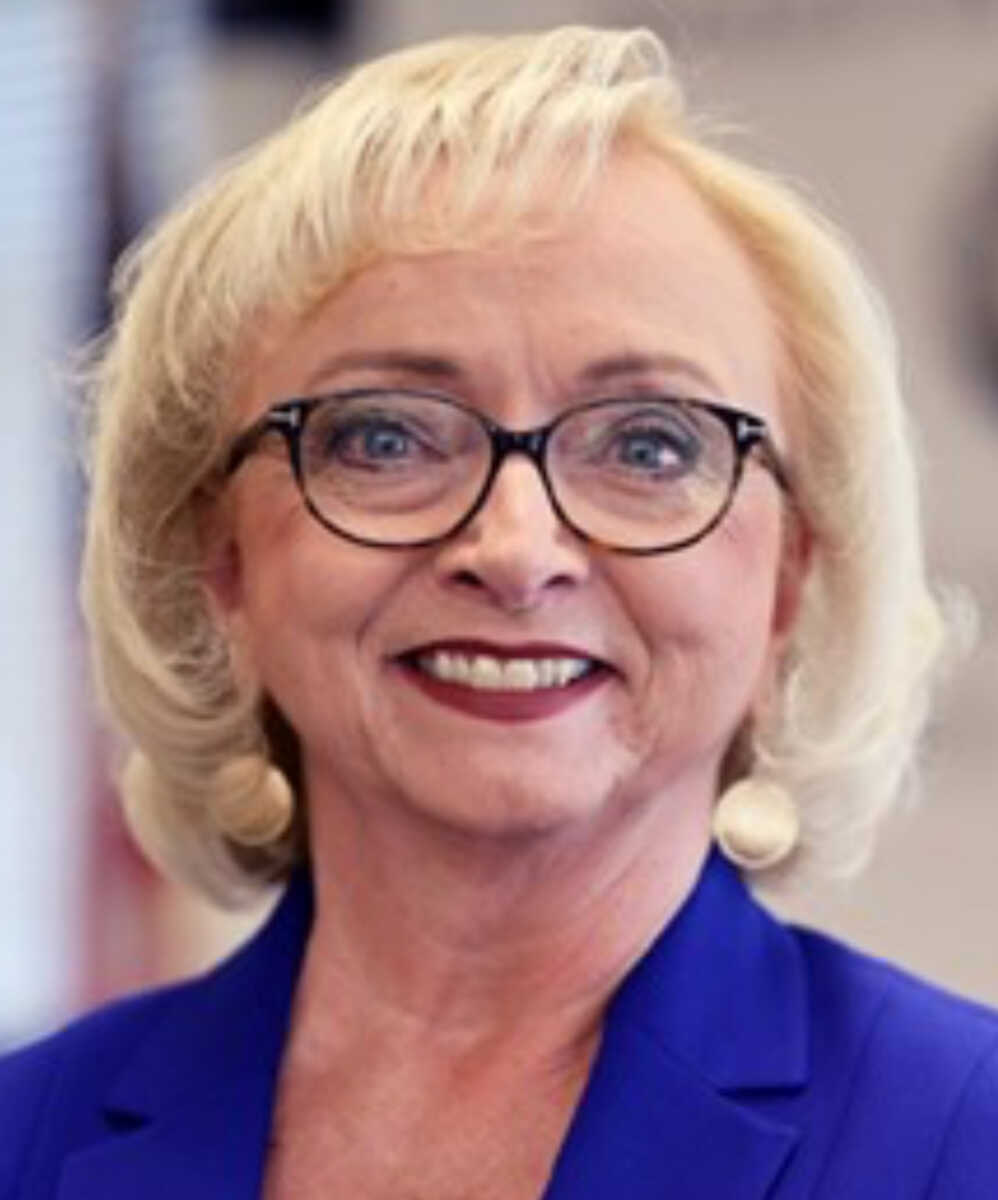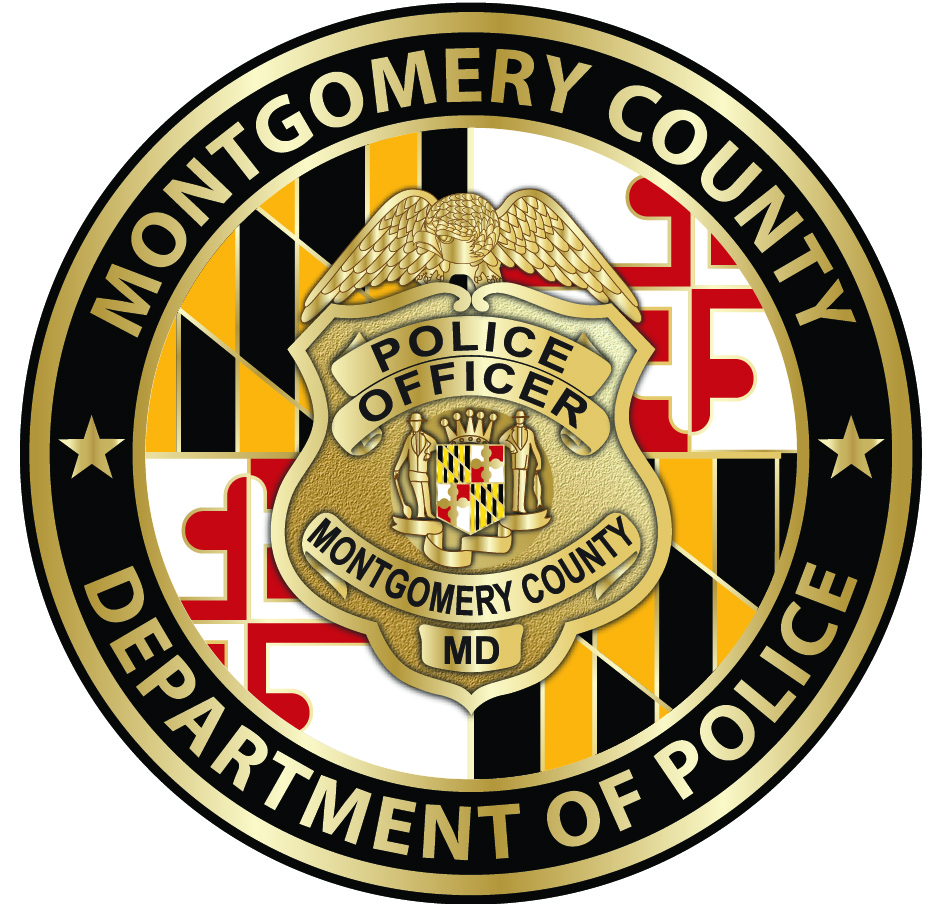Kevin Plank, founder of Under Armour, grew up in Kensington. He is the youngest of five brothers born to William and Jayne Plank. His father was a prominent real estate developer who passed away in 1993. A local project of his was the Al Marah subdivision off River Road, just off of exit 39 on the Beltway. His mother was the mayor of Kensington for 8 years, from 1974-1982. She went on to direct the Office of Legislative and Intergovernmental Affairs at the United States Department of State under President Ronald Reagan, and was a real estate broker until the early 2000s.
Plank grew up playing youth football with the Maplewood Sports Association (photo below). He even featured a Maplewood team in an Under Armour commercial. While growing up in Kensington, Plank has mentioned that one of his favorite places to eat was Continental– a family owned and operated restaurant that has been serving the Kensington community since 1957. Plank attended Georgetown Preparatory School, but left the school due to poor academic performance and behavioral issues. According to Forbes, he was thrown out of private high school after failing two classes and for his part in what Forbes described as a “drunken brawl” with football players from Georgetown University.
He went on to graduate from another Catholic school, St. John’s College High School, in 1990. While at St. John’s, Plank first met his future wife, Desiree Jacqueline “D.J.” Guerzon of Potomac, when he went out with one of her classmates from the Holton-Arms School in Bethesda. The future couple even went to prom in the same car, but with different dates. Their paths crossed again at the University of Maryland where they began dating and eventually married.
After graduating from St. John’s, Plank played football at Fork Union Military Academy for a year, in an attempt to catch the eye of a NCAA Division I school. He was not recruited by any top-tier collegiate football programs, but decided to attend the University of Maryland (College Park), where he was able to walk on to the football team there. He graduated in 1996 with a bachelor’s degree in business administration from the Robert H. Smith School of Business, which he supports to this day with major contributions.
The idea that led to Under Armour was sparked while playing for the Maryland Terrapins; Plank said he was the “sweatiest guy on the football field” in an interview with Fortune. The cotton t-shirts he was wearing were unable to keep him dry and comfortable, so he searched for a material that would wick the sweat from his body, so after graduating he searched for synthetic materials that would keep athletes dry. While at University of Maryland, Plank launched Cupid’s Valentine, a seasonal business selling roses on Valentine’s Day. Cupid’s Valentine earned him $3,000. He used that money, credit cards, and a Small Business Administration loan, to launch his business– trying several prototypes before deciding on the one he wanted to use.
Plank originally wanted to call his new sportswear company ‘Heart.’ He was unable to trademark the name, so he went with ‘Body Armor’, which he was also unable to trademark. It wasn’t until his brother asked him “How’s that company you’re working on … Under Armor?” that the name he ended up using stuck. Why did he use the British spelling if the word “Armour”? He came up with a phone number, 888-4ARMOUR, that the felt was more compelling than using 888-44ARMOR, according to Business Insider.
Plank initially ran the business from his grandmother’s townhouse in Georgetown. According to The Washington Post, Under Armour began in Plank’s grandmother’s house on the corner of 35th and O Street in Georgetown in Washington, D.C. He lived upstairs, had the sales office on the ground floor, and kept all the inventory in the basement. Under Armour’s first shirt was the #0037, which Plank sold from his car.
He also asked his former teammates to try on the shirts, claiming that his alternative to a cottons-shirt would enhance their performance on the field. He would send his friends who went on to play professionally shirts so that they can pass them on to teammates. His first big team sale was to Georgia Tech. In 1996, Plank finished his first year selling shirts with $17,000 in sales, per the Baltimore Business Journal.
A turning point for him came late in 1999, when Plank used nearly all of Under Armour’s money, and employees agreed to go without pay for a few weeks, so the company could take out a $25,000 advertisement in ESPN The Magazine. The ad resulted in $1 million in direct sales for the following year, and athletes and teams began buying the product, according to The Washington Post. Plank’s company reached $1 billion annual revenue for the first time in 2010, and Plank became a billionaire in 2011, when his net worth was estimated at $1.05 billion. Plank currently has an estimated net worth of $1.5 billion.
As CEO, Plank oversaw a company that generated $5 billion in annual revenue and employed about 15,800 people as of December 31, 2017. Plank announced his departure as CEO in October 2019, and was succeeded on January 1, 2020, by Under Armour COO Patrik Frisk. Under Armour edged out Adidas to come in #2 behind Nike with U.S. apparel and footwear sales of $1.2 billion (Adidas came in at $1.1 billion) after a 20% increase in sales compared to a 23% decrease by Adidas according to a Sterne Agee report Friday citing sales figures from SportScanInfo in September of 2021.
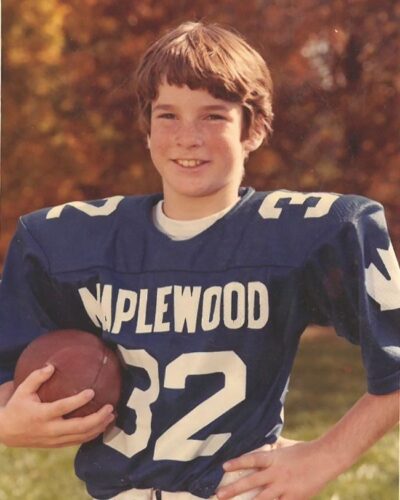
Featured photo courtesy of the University of Maryland’s Robert H. Smith School of Business.
Recent Stories
FEST OF SPRING Caribbean Wine Food & Music Festival
Get ready to experience the vibrant colors, tantalizing flavors, and infectious rhythms of the Caribbean at the FEST OF SPRING Caribbean Wine Food & Music Festival! Hosted by RHU LLC, this exciting festival is set to take place on May 18, 2024, at the picturesque 16700 Barnesville Rd in Boyds, MD.
Step into a world where the Caribbean spirit comes alive! From 12:00 PM onwards, immerse yourself in a sensory journey that celebrates the unique culture, cuisine, and music of the Caribbean. Whether you're an African American, a Reggae or Soca music enthusiast, a wine lover, or part of the vibrant Caribbean diaspora, this festival promises to delight and captivate you in every way.
Let the enticing aromas of mouthwatering Caribbean dishes tantalize your taste buds. Feast on traditional delicacies prepared by expert chefs, showcasing the rich and diverse culinary heritage of the Caribbean. Indulge in flavorful jerk chicken, succulent seafood, and delectable plantain dishes that will transport you straight to the islands.
Accompanying the culinary extravaganza is a carefully curated selection of premium wines, ensuring the perfect pairing for your palate. Sip on fine wines from renowned vineyards, each sip a reflection of the Caribbean's vibrant spirit. Discover new flavors, expand your wine knowledge, and savor unforgettable moments with every glass.
As the sun sets, get ready to groove to the infectious rhythms of Caribbean music. Feel the pulsating beats of reggae, soca, dancehall, and calypso, moving your body to the lively melodies. Live performances by talented musicians and performers will keep the energy high, ensuring a night of unforgettable entertainment.
Don't miss this opportunity to embrace the Caribbean spirit and celebrate the arrival of spring in style! Tickets are available on AllEvents, so secure your spot today. Join us at the FEST OF SPRING Caribbean Wine Food & Music Festival, where cultures collide and unforgettable memories are made.
LIVE PERFORMANCES By: CULTURE Feat. Kenyatta Hill, EXCO LEVI, IMAGE BAND, RAS LIDJ REGG'GO with Special Guest SUGAR BEAR FROM E.U. & MORE! & MORE!
MUSIC By: DJ ABLAZE, DJ SMALLY & NAJ SUPREME
2 NIGHT Camping packages available: RV/CAMPER $200 | TENTS $150 Starting on Friday May 17 @ 5pm | 30 RV SPACES | 30+ TENT SPACES
KIDS 12 & UNDER FREE!!!
